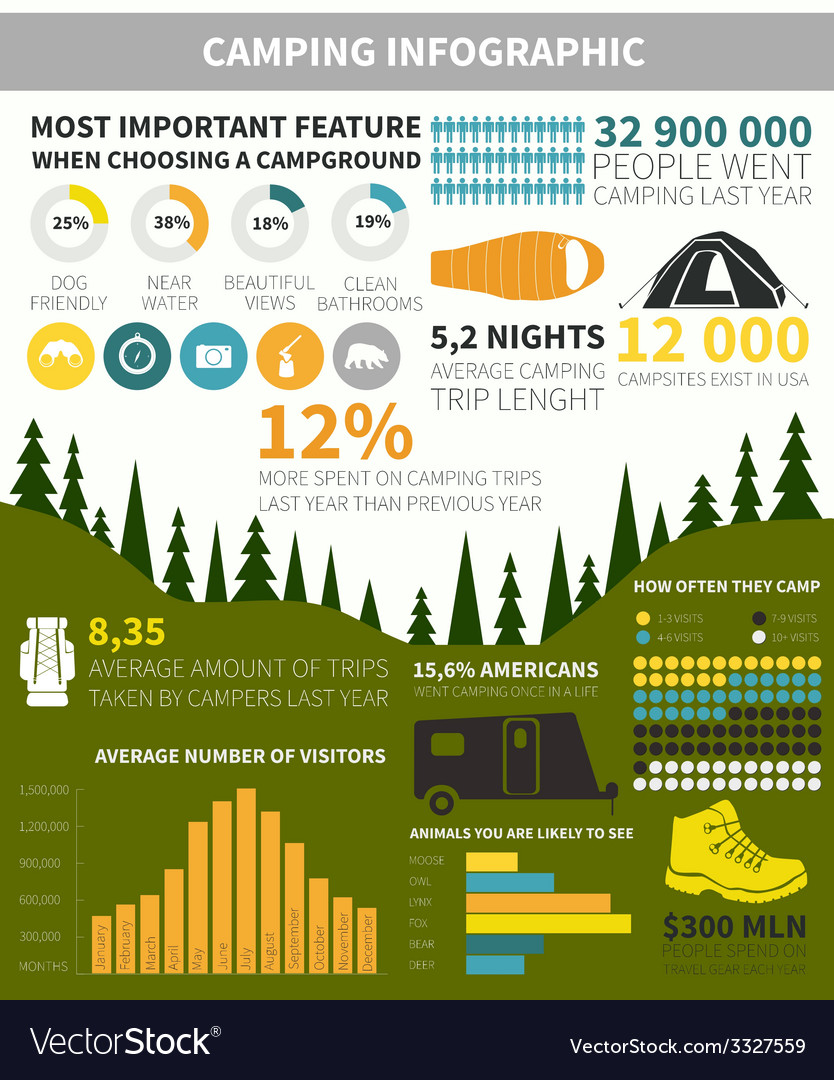A Guide To Becoming Your Marketing Guru Via Online Camping Tents Product Sales
A Guide To Becoming Your Marketing Guru Via Online Camping Tents Product Sales
Blog Article
Taking Photographs of the Night Sky
A selection of factors can influence evening sky photography. From weather conditions to upcoming celestial occasions, you'll wish to prepare ahead to guarantee success.
Can you use bleach on canvas?
The shutter speed you pick figures out whether stars look like accurate pin-points or trail throughout the image. An excellent guideline is to limit the direct exposure to 500 seconds, or the matching of your lens's focal length.
Area
Among the most vital factors in an excellent photo is where you take it. Go for places with minimal light contamination, and avoid areas that have brilliant city lights and skyscrapers.
Likewise, search for a place that offers foreground components to create structures with. For example, dune patterns, wind-sculpted ridges and rough outcrops can all provide appealing foreground elements to assist inform the tale of your evening sky picture.
It is also practical to research huge events such as meteor showers and lunar eclipses to maximize possibilities for excellent pictures. Using a device such as the Digital photographer's Ephemeris can be extremely helpful when intending your shoots. It helps you to establish moon phases, Milky Way placement and other astronomical occasions. Likewise, think about capturing in RAW style instead of JPEG as this offers you much more adaptability when refining the images. This is specifically true if you plan to publish your photos.
Camera Setups
Getting the appropriate video camera settings is essential for any type of photograph, yet especially so for evening sky images. A wide-angle lens is best for catching even more of the Milky Way and lowering star routes, in addition to a much longer shutter speed to quit the motion of stars and expose their details.
For a maximum degree of clarity, shoot in RAW layout instead of JPEG, which permits you to preserve even more data and gives adaptability during post-processing. This can likewise include in file size, so make certain you have lots of storage area and extra memory cards on hand.
Set your emphasis to hand-operated concentrating by turning the AF/MF activate your lens right into MF setting. You might require to take a couple of test shots and inspect the image playback on your video camera's LCD screen until you attain excellent, determine hand-operated emphasis. It's an excellent concept to do this during the day with your selected lens and the location you will certainly be contending night, to confirm the accuracy of your emphasis setup.
Lights
A good night skies picture needs the best conditions. This consists of a dark skies, however likewise an interesting foreground element such as a mountain coming up, a lake to show the stars, or a human element like a barn or shed. You can even make use of a headlamp to brighten the foreground and add some dramatization or depth to your picture.
The most essential video camera settings for night sky digital photography are the aperture and shutter rate. The broader the aperture, the much more light that reaches the sensor. This allows you to record brilliant stars in a relatively short quantity of time.
The shutter speed identifies whether your stars will be pin-point excellent or if they will certainly appear as star tracks as a result of the Planet's turning. Make certain to take several lengthy direct exposure shots and stack them in post-processing for the very best results. Finally, shoot in RAW setting to offer on your own optimal latitude in post-processing.
Composition
The trick to lovely celebrity shots isn't a premium telescope, a brand-new wide-angle lens or a state-of-the-art Canon or Nikon electronic camera. It's method, planning and camping tent luxury structure.
For beginners, scout your shoot location beforehand to get a feel for the design and potential make-ups. Take into consideration incorporating foreground elements such as rocks, a lake or alpenglow on the landscape to add personality and rate of interest to your images.
Bear in mind the Policy of Thirds when composing your images. This straightforward concept assists equilibrium and link photos. It's also helpful for focusing on sights in your picture, such as rock attributes or the Milky Way. Additionally, keep in mind to prepare your shoots around moon stages-- capturing at a full moon can subdue stars and create a silhouetted form, while shooting on nights with a new moon can aid you see constellations more plainly.
Can you live in a canvas tent?
